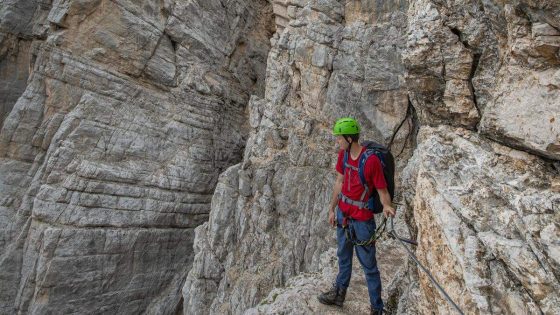A recent rescue in the Italian Dolomites highlights the dangers of ignoring mountain safety warnings. On 2025-08-05 07:00:00, a 60-year-old British hiker ventured onto the Via Ferrata Berti, a high-altitude rocky trail closed due to landslide risks. Despite clear signs and barriers, he continued, triggering a costly and complex rescue operation.
- British man ignores closure, climbs dangerous Via Ferrata
- Helicopter rescue takes 93 minutes, two helicopters
- Rescue operation costs British man €14,225
- Belgian hikers pay less due to EU membership
- Authorities urge tourists to respect mountain risks
- Heatwave increases rockfall and erosion in Dolomites
This incident raises crucial questions about mountain safety and responsibility, especially for tourists from Belgium and other EU countries. How prepared are hikers when facing increasingly unpredictable alpine conditions? And what are the consequences of disregarding official warnings?
Understanding these risks is vital as more Belgians explore Europe’s mountains. The following Fast Answer explains the local impact and lessons to be learned.
Why do some hikers ignore safety measures despite clear warnings? This case shows that:
- Ignoring closures can lead to life-threatening situations and complex rescues.
- Rescue costs vary; EU citizens like Belgians may pay less than non-EU tourists.
- Extreme weather and erosion increase risks in alpine regions, demanding greater caution.
- Helicopter rescues, while lifesaving, must not be misused to avoid endangering others.
As climate change intensifies mountain hazards, will hikers adapt their behaviour accordingly? Belgian outdoor enthusiasts are encouraged to prioritise safety and preparation to enjoy the Alps responsibly and prevent avoidable emergencies.
































